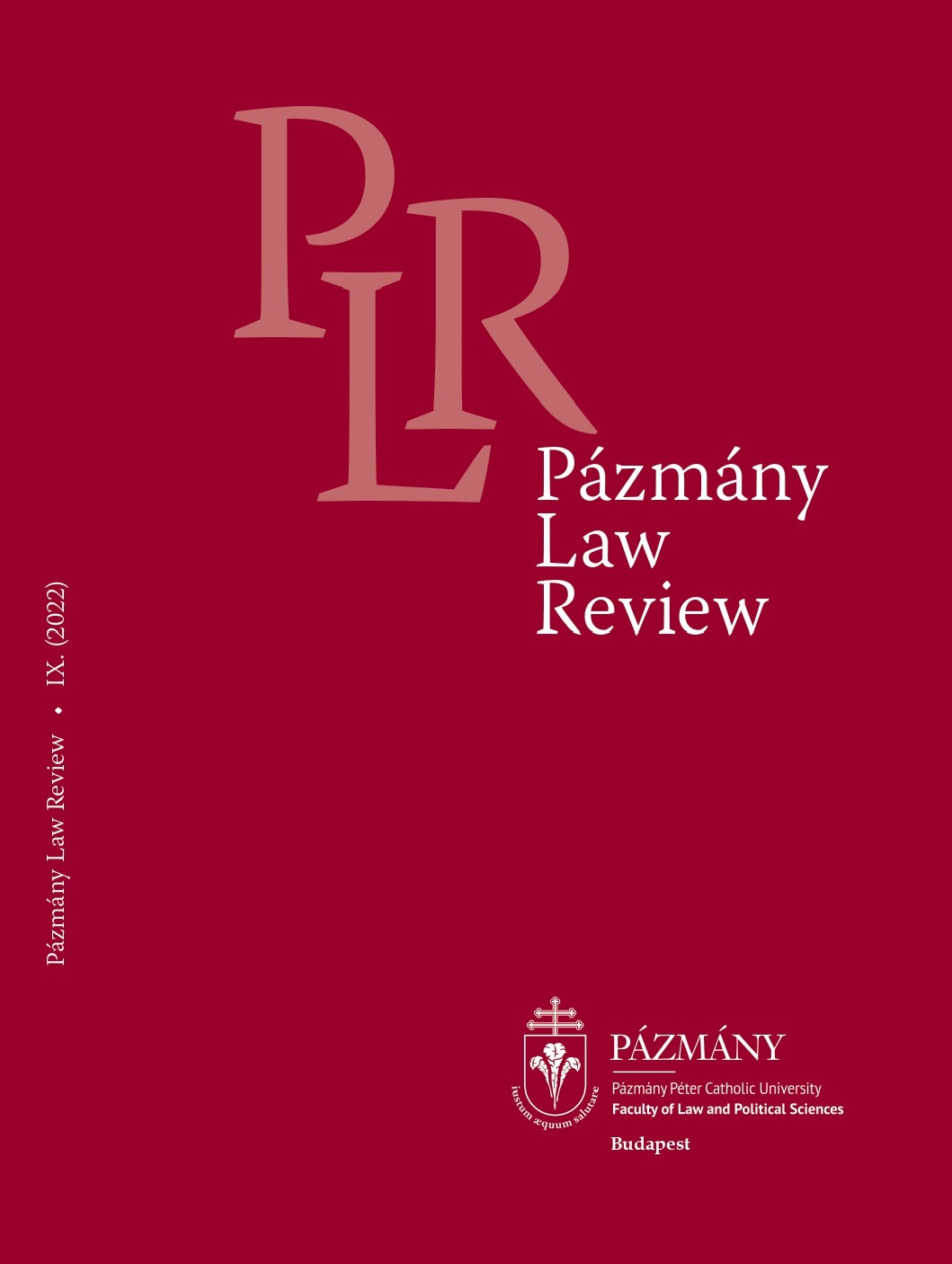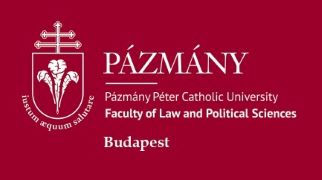Die Öffentlich-Rechtlichen Markmale der Deuteschen Einheit
Absztrakt
Die Studie untersucht die allgemeinrechtliche Seite der Deutschen Einheit von 1871. Laut ihrer Feststellung kann man über eine deutsche Einheit sprechen, falls die Organisation der deutschen Staaten vom Staatenbund zum Bundestaat wird und der Wirkungskreis der neuen Verfassung sich auf alle Gebiete ausdehnt, wo deutsche Bürger wohnen. Die monarchische Staatseinrichtung bedeutete jedoch sowohl bei den staatsorganisatorischen als auch bei den territorialen Bedingungen Hindernisse. Der Schutz der Souveränität der Herrscher der Gliedstaaten war beim Ausbau der Reichexekutive eine Hindernis, die deutschen Gebiete des Habsburgerreiches waren ohne die Aufteilung des Reichsgebiets in das neue Deutschland nicht integrierbar. Die Deutsche Einheit entstand entlang dieser Kompromisse, so war sie aus dogmatischer Hinsicht nicht perfekt. Sie war jedoch eine deutliche Verschiebung im Vergleich zu dem früheren Deutschen Bund in die Richtung eines Bundesstaates. Außerdem erschienen auch unikale Elemente, die zur Einheit verholfen haben, von denen die eigenartigen Sonderrechte von Preußen besonders interessant waren.





